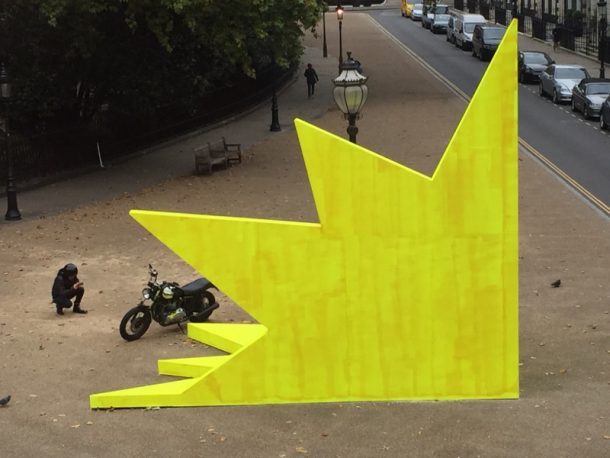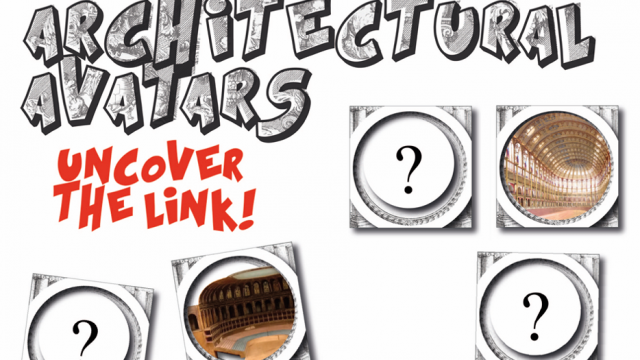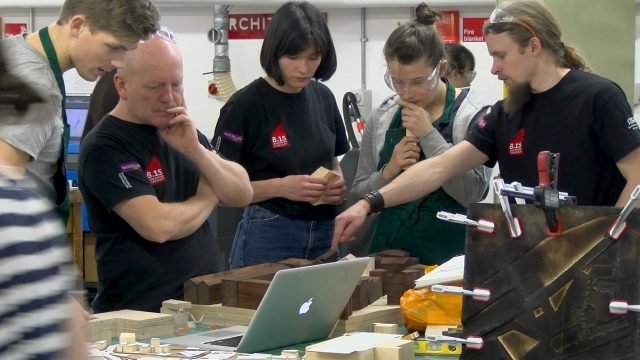This post has been written by Vanessa Norwood, one of the leading curators of architecture in the UK. Vanessa is a Network Partner in Architectural models in context: creativity, skill and spectacle, an AHRC-funded research network hosted at the V&A.
It could be said that the claim I am about to make is a step too far. The architectural fabrications I admire most do not always on first appearances perform a function, other than to offer a joyful disruption to familiar public spaces. They do not seem to want to sell us a scheme or act as a tool for conveying information about a project to come. Their scale is indeterminable; are they scaled down expressions of a wildly super sized Superstudio proposition or are they a small idea magnified by an overly enthusiastic architect?

van Beek alongside AA Exhibitions and students worked with engineer Jürg Stauffer to create the horizontal floor slabs, pilotis and zigzagging staircase from engineered timber. Photo ©Sue Barr
As visitors to, and occupiers of, these architectural models, we provide the scale. We are giants or ants or human size. The models themselves become backdrops for selfies, sandwich stops and tourist destinations.

Installations, pavilions and joyous interventions appear with regularity across the city; heralded by competitions and timed with festivals they act as harbingers of summer.

Models? Perhaps not, but they are surely the ‘sensory demonstrations’ sited by Architectural Models Network Principal Investigator Simona Valeriani.* They occupy not only the city, its public spaces and parks but as Valeriani describes; the space between ‘theory and praxis.’ They are memorable expressions of architectural intentions. I welcome their audacity and art.
* S. Valeriani, ‘Three-dimensional Models as ‘in-between-objects’: The Creation of in-between Knowledge in Early Modern Architectural Practice’, History of Technology 31 (2011) 26-46.
More blog posts from the Architectural Models Network can be found here.
To find out more about the network visit our project page.


